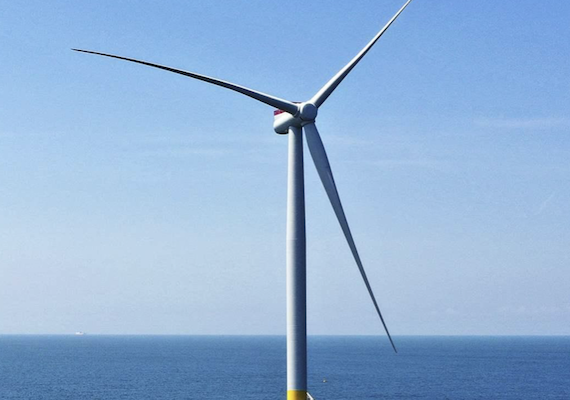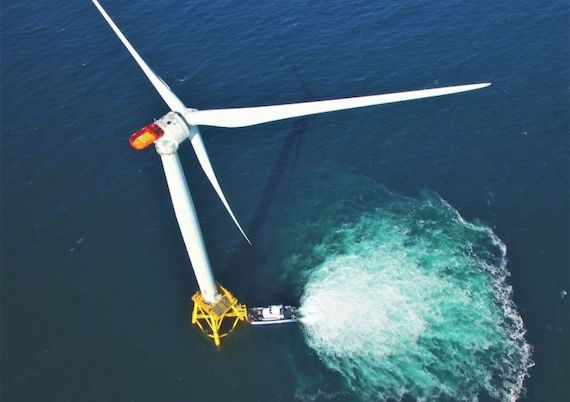Offshore wind is a domestic clean energy source that helps combat one of the biggest threats to marine life – the warming of our oceans as a result of climate change. Proposed offshore renewable energy projects are being designed in a manner that addresses and promotes the conservation of marine mammals and other protected species.
The offshore wind sector is currently making one of the largest investments in ocean monitoring and data collection ever undertaken offshore in the Atlantic. These investments include the development of new and innovative technologies to achieve, or exceed, compliance with regulations under the Endangered Species and Marine Mammal Protection Acts, among others.
Offshore wind companies are planning projects that involve the implementation of an extensive suite of measures aimed at mitigating impacts and creating benefits for marine mammals. The offshore wind industry is meeting and exceeding marine mammal protection laws by investing in new whale monitoring technology, voluntarily pausing work during migration seasons, using mitigation systems to reduce construction noise, and operating at sea with professional observers trained to avoid whales.

The U.S. has world-class offshore wind resources, capable of supplying large amounts of affordable, reliable power. Offshore wind offers the United States a tremendous opportunity to be an economic engine of growth and a viable part of the energy mix.
States have established offshore wind procurement targets that will bring more clean, reliable energy to more Americans. For example, New York has set a target of 9,000 MW of offshore wind energy by 2035. New Jersey has an 11,000 MW of offshore wind energy target by 2040. Constructing this amount of clean, reliable energy would lead to roughly 55,000 new jobs in the offshore wind supply chain.
New York state offshore wind target: 9,000 MW = roughly 25,000 jobs in the supply chain
New Jersey state offshore wind target: 11,000 MW = roughly 30,000 jobs in the supply chain

Building the U.S. offshore wind project pipeline will create a new domestic supply chain, accelerate manufacturing growth, revitalize port communities, and enhance critical port infrastructure. The offshore wind industry is investing billions of dollars in a domestic supply chain, including investments in fabrication facilities, port upgrades, vessels, and workforce training.
Offshore wind is America’s next major energy source, representing a generational opportunity to create jobs and bolster the economy.
Proposed investments by the clean power industry includes at least $4 billion across manufacturing, ports, vessels, workforce development and research areas, with many more on the way.
Offshore wind increases local biodiversity because of new structures and refuge habitats.
Ocean users have many opportunities to weigh in during the offshore wind leasing process. Learn how to participate in the process.